
The idea that ducks are attracted to motion decoys is an argument frequently discussed in hunting circles. Myself, I use them and always will. I have had ducks land next to them, reminded fellow hunters to not shoot my motion decoys because ducks are so close and when necessary I use them to control flight paths to my decoys. I do agree though, ducks and geese get wary, and eventually, I have to change things up. So throughout the season, it is a guessing game figuring out what waterfowl want, but I have an edge – a remote control.
In my opinion, Lucky Duck leads the pack with the remote control of decoys. They have advanced the technology from a simple on/off, to include device on/off, intermittent random on/off, programmability, and battery life. All can be accomplished away from the decoy.
To begin, if you have purchased any Lucky Duck motion decoy it is programmable even if it is an older version. All-new remote kits (receiver and transmitter) include a harness to connect older models. So just because you have an older motion decoy, don’t let that keep you from getting a remote.
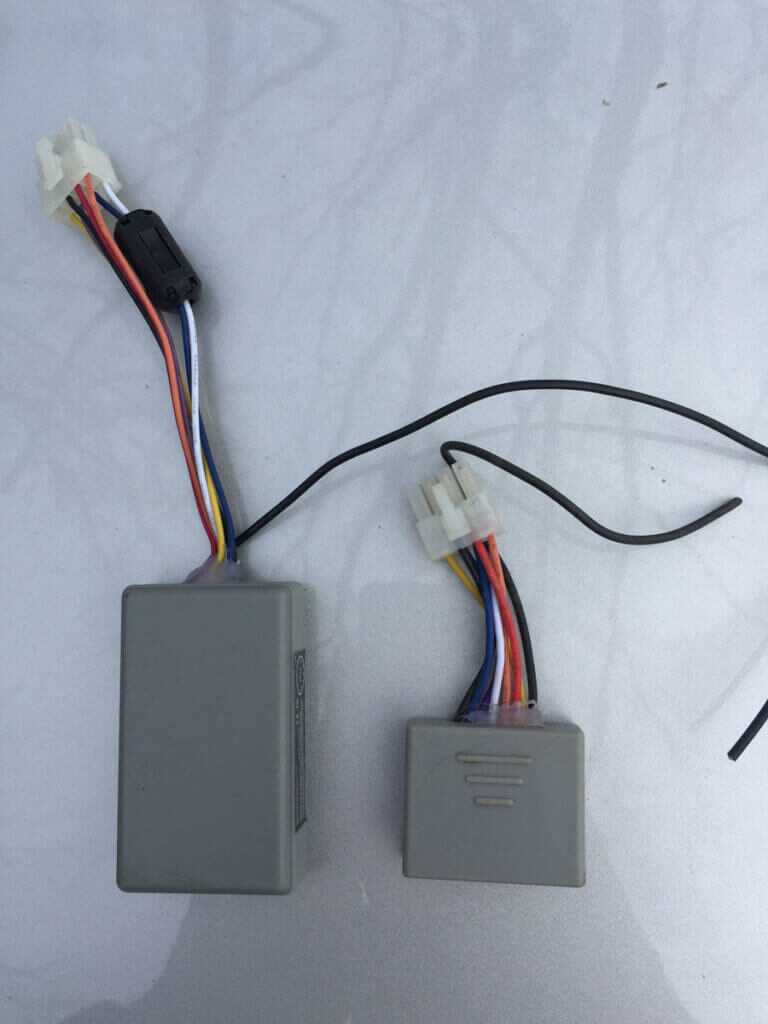
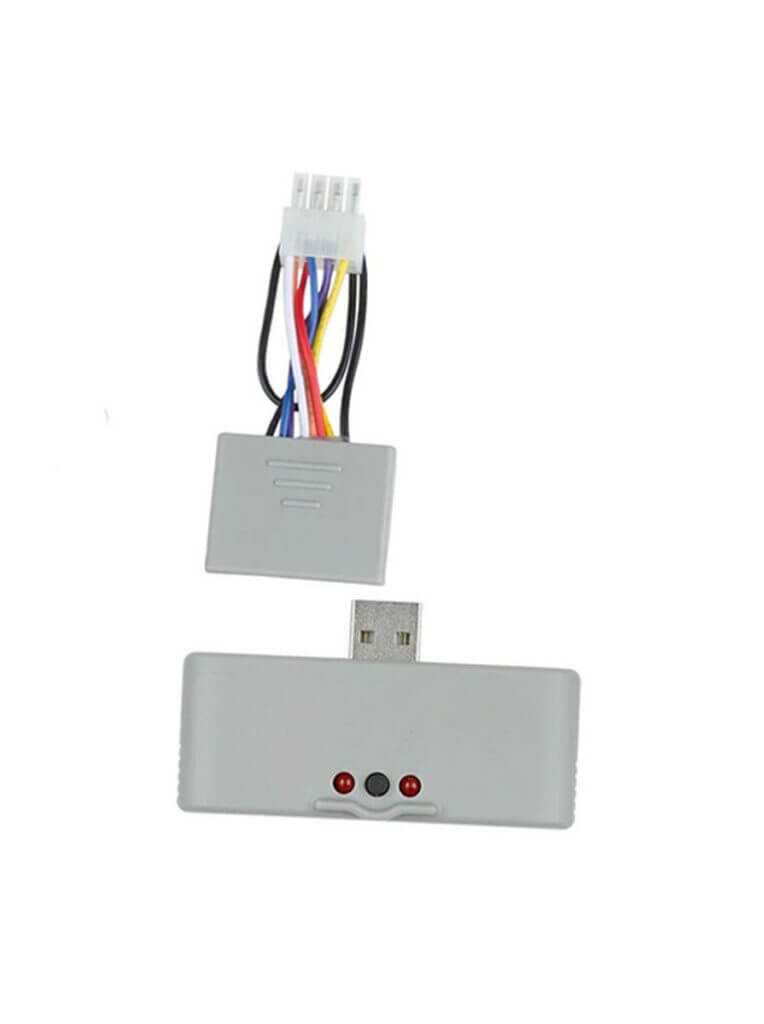
Easy programming is one of the features all remotes must include. Nothing worse than being reminded of the difficulty in programming a remote control for your entertainment system. Instead, Lucky Duck remotes are so simple. Advertised as plug-n-play, these remotes synch the transmitter to the receiver in two quick steps. There is a receiver that plugs into the decoy (or harness) and your transmitter and that is all you need.
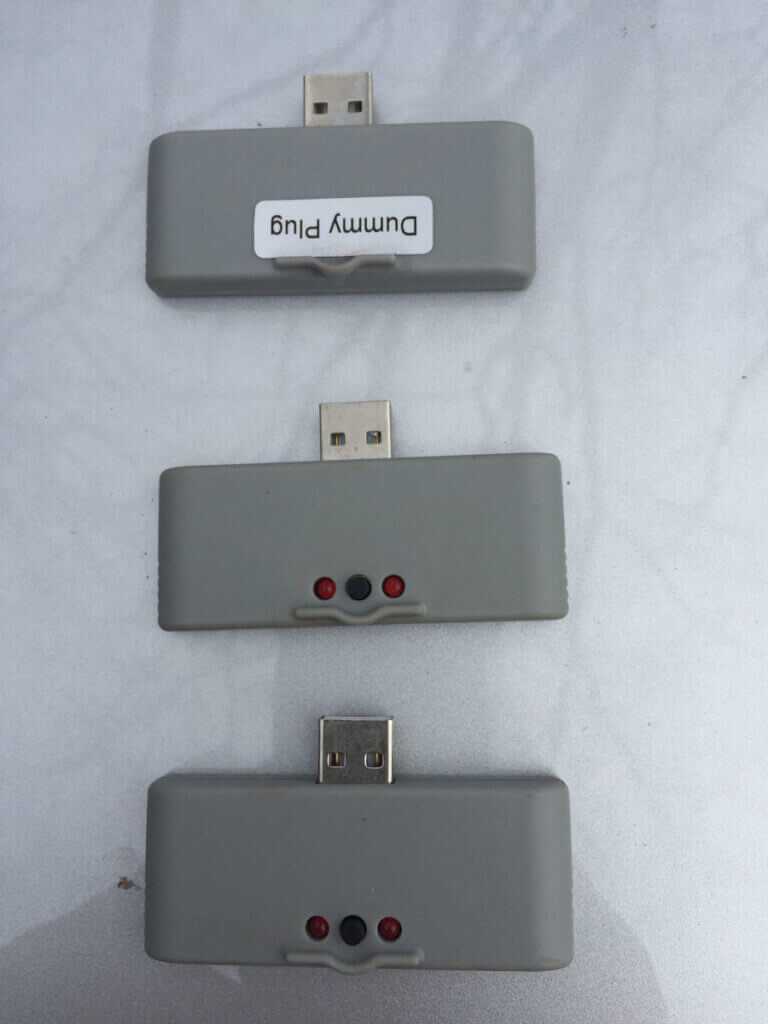
Once one receiver is programmed you can add in all the receivers you want. That means you can turn off multiple numbers of motion decoys and motion types with one remote. Remotes are also never on the same frequency or band so there is no chance you will have someone turning on and off your decoys. Each time you program the receiver and transmitter it selects a new frequency so if you want a remote only for close decoys, one for one the edge of the spread, and one for water floaters, you can easily make these options available.
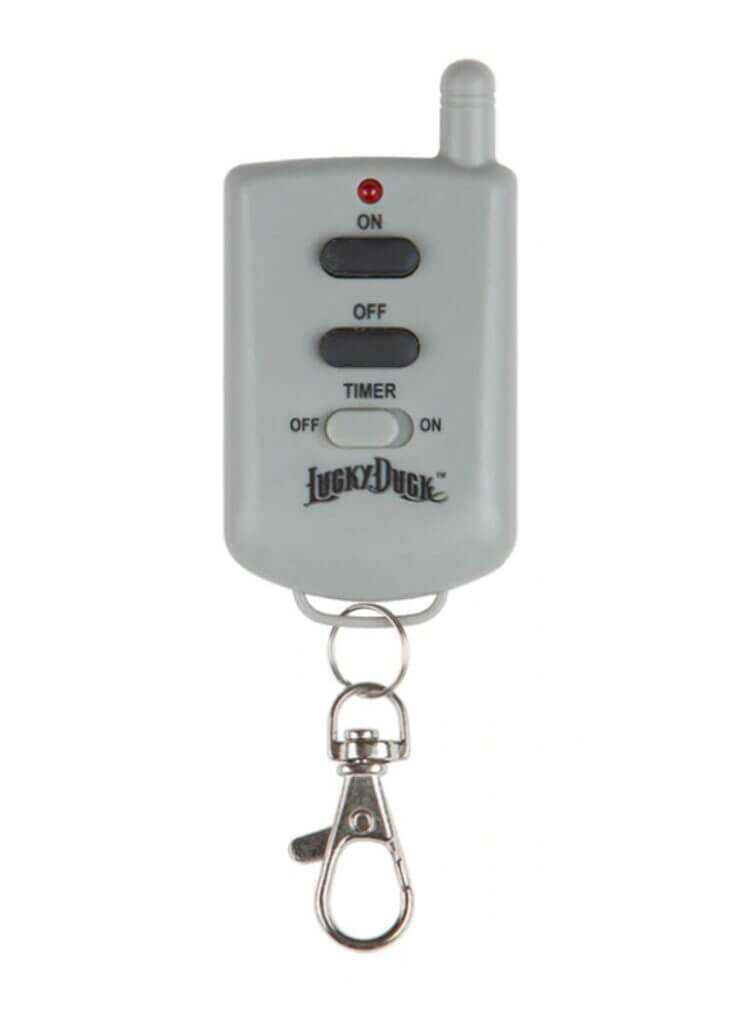
I typically have more than one remote to allow me to control groups of decoys as needed. I mark them to keep track and often if I am calling I will pass the remote to someone else to keep track of operation. As the season moves along I might use the intermittent feature more often as this helps with wary birds and keep in mind all the decoys are randomly turning off and on. It looks very real. With a remote, you can turn them on and off to improve realism. There has always been a conversation that spinners are designed to attract ducks, but as they get close turning them off at times helps in getting the birds to finish. Not always, but well worth trying if birds are skittish.
Technology continues to advance the design of these remotes. Two things have been done recently. The first is the inclusion of an on/off switch on the side of the transmitter to keep the transmitter from being turned on accidentally in your blind bag. The second is a change from A123 batteries to a much better 2032 style battery that is readily available and cheap.
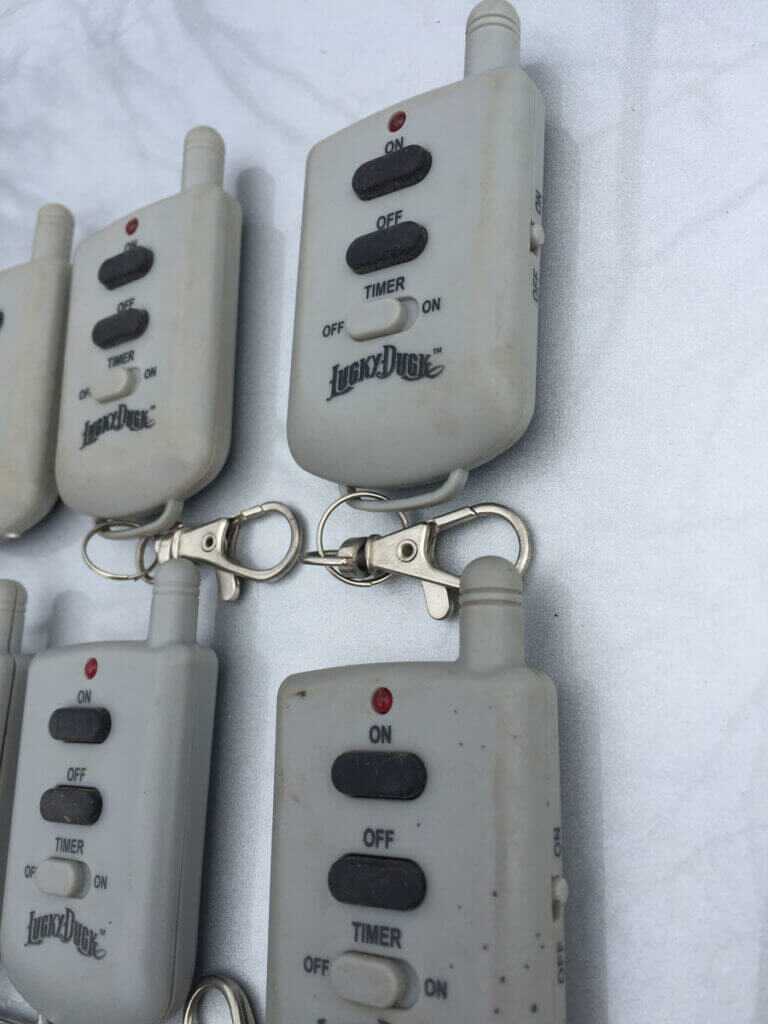
I would be remiss in not providing the range of these remotes. My experience has them at nearly a ½ mile so motion does not have to be directly in front of you or in your spread. Having some motion away to re-direct birds, change their flight path, or bring attention to something other than you. Remotes are great for this use. I say it again that when birds are seeing you, move a spinner away from your hide to bring attention away from you.
Remotes have also become popular for ground-based goose flappers and for vortex machines. Again, all the features we use over water are available and useful on land.
If you have motion decoys but no remotes then get some.

